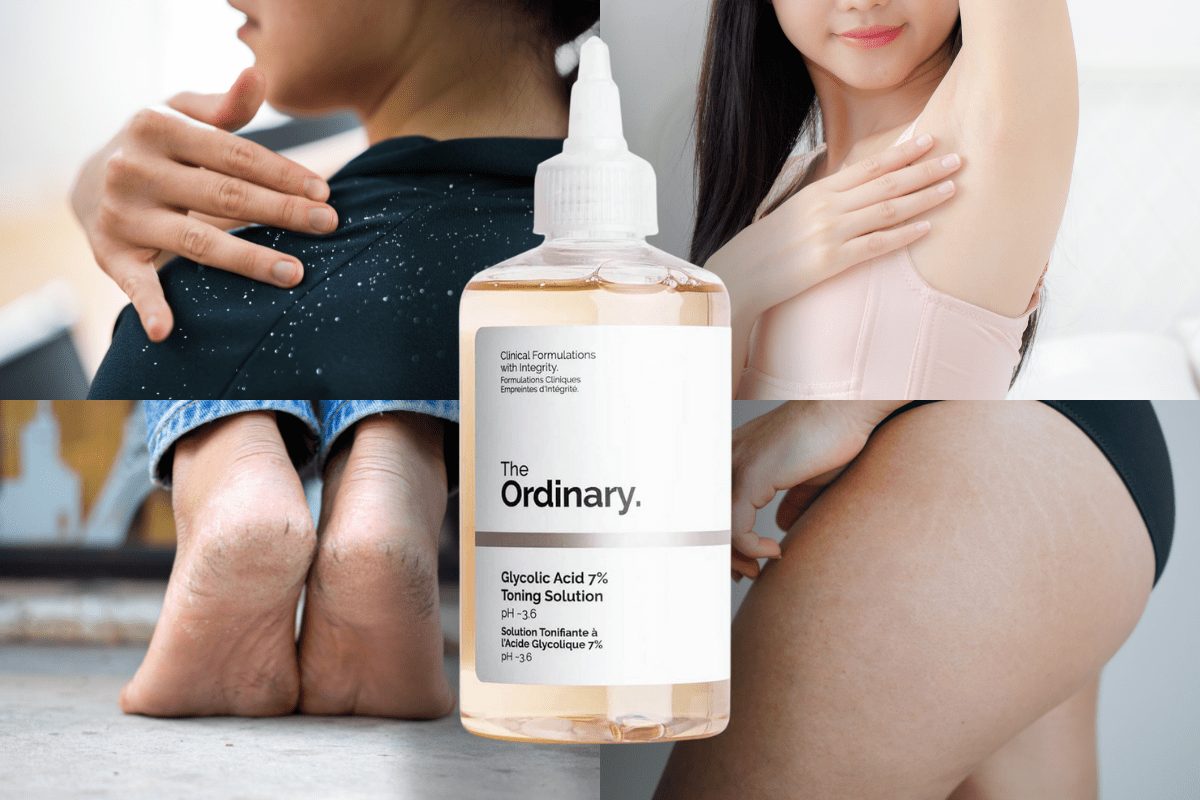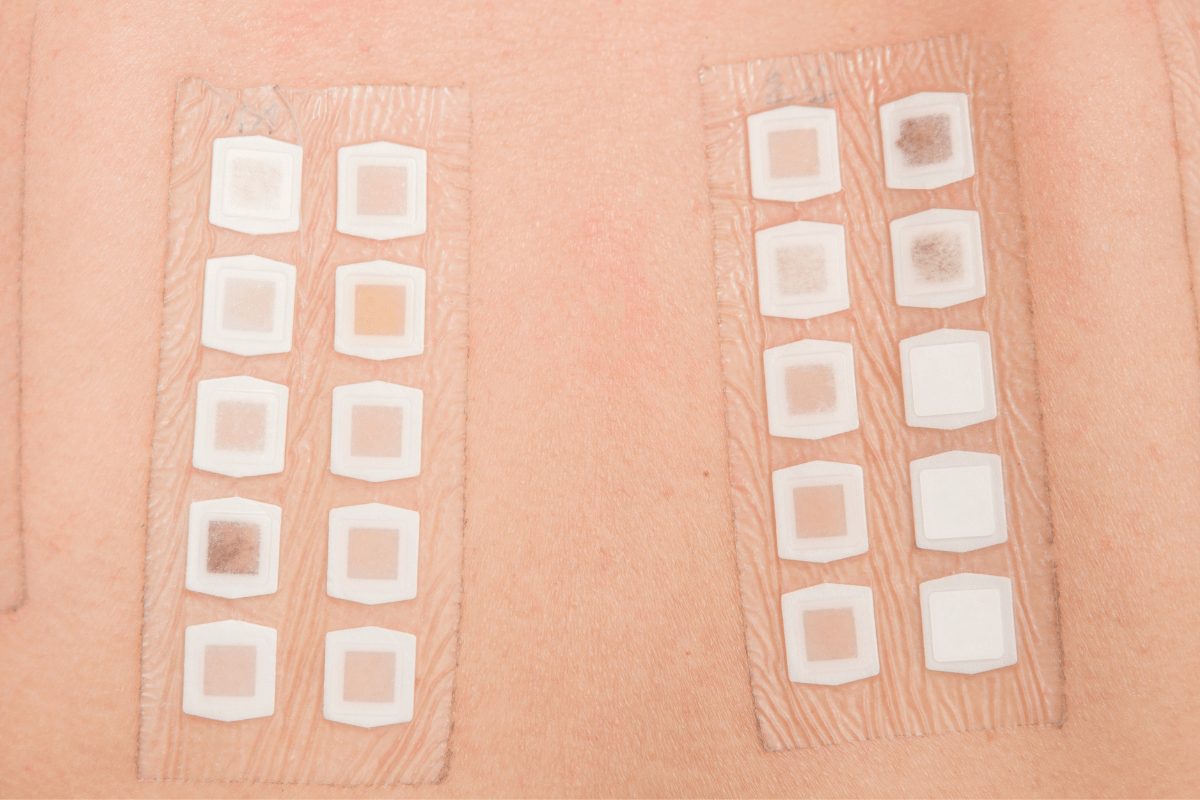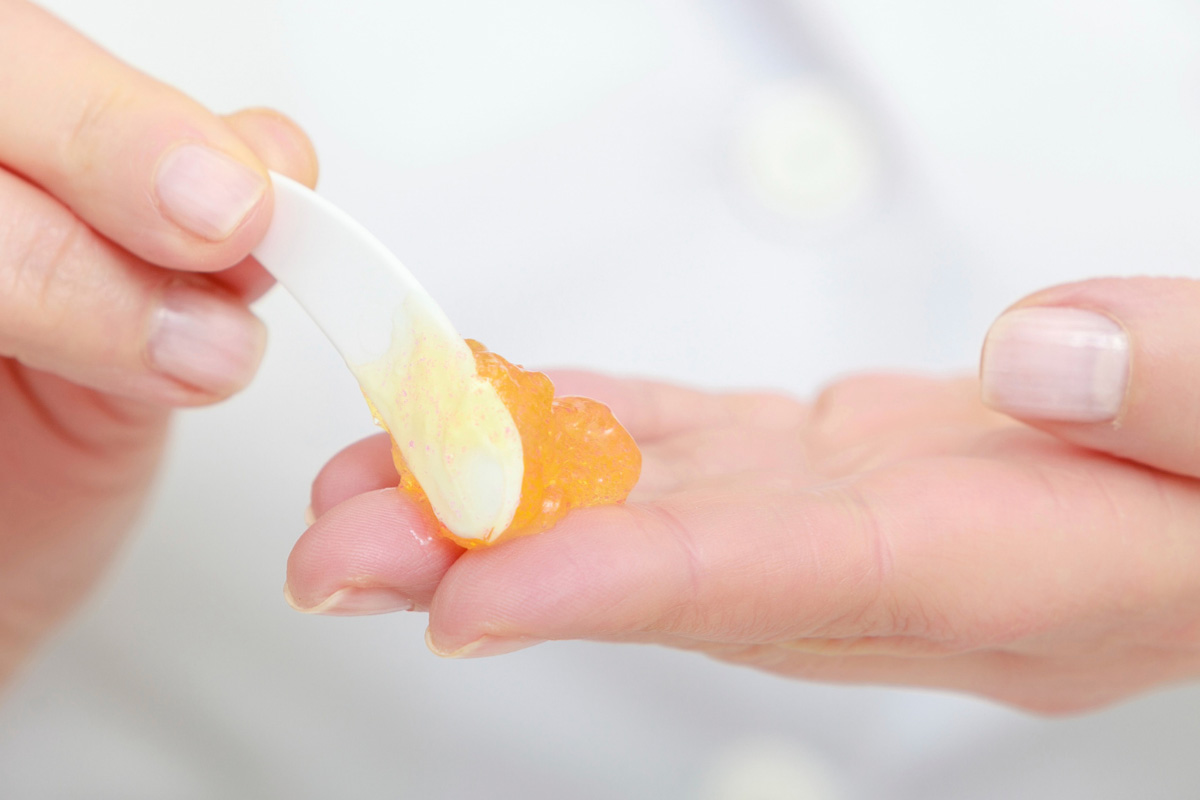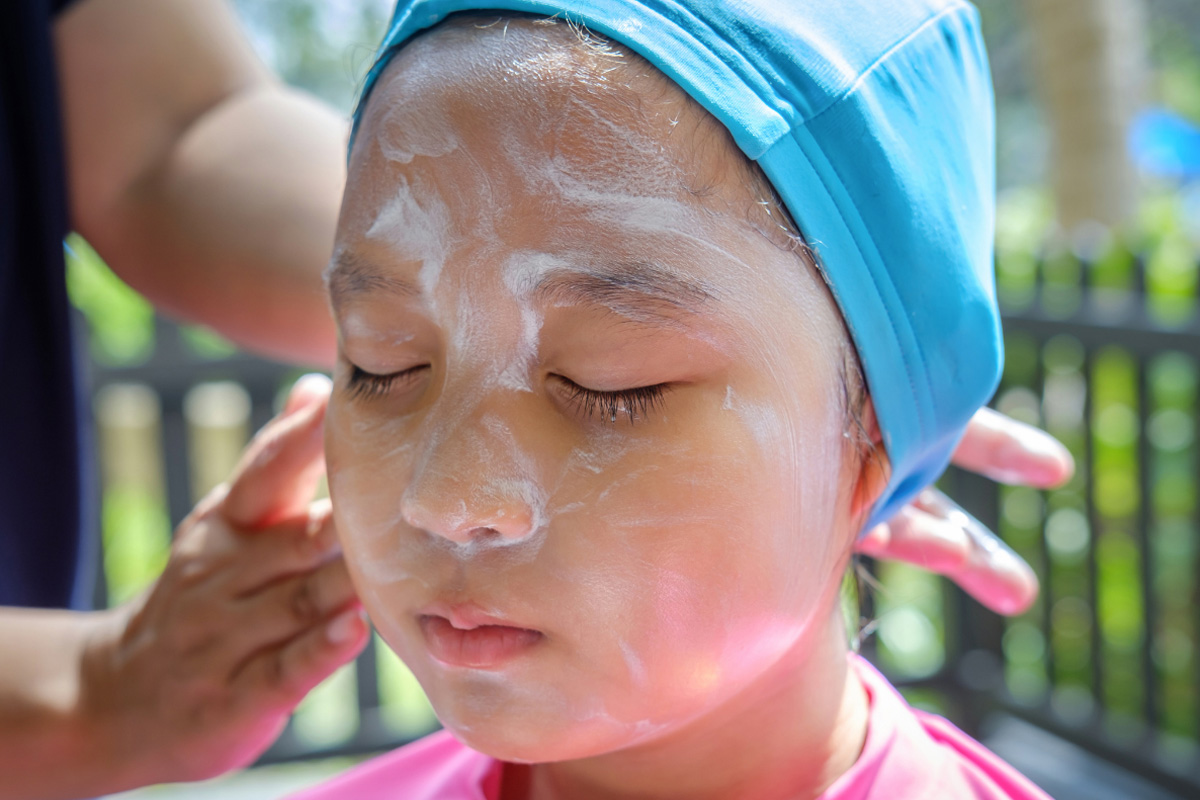No products in the cart.
- February 20, 2022
- How To
- By Aqalili Azizan
Skincare School: How to Use Sheet Mask
Is it your first time using a sheet mask? Learn the basics from our introduction, from how to use a sheet mask to explaining whether we need to wash face after a sheet mask. Glowing skin is just a read away!
Table of Contents
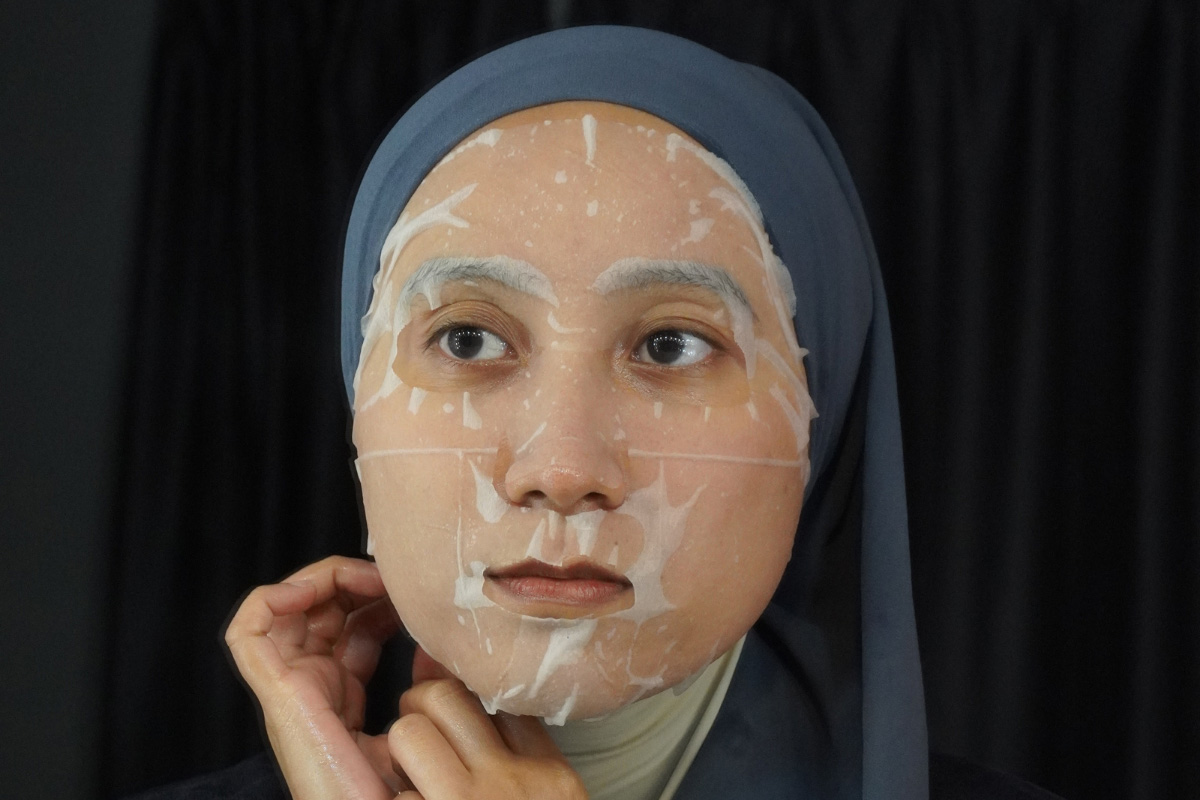
Some nights I like to treat my skin to a sheet mask. I mean, who doesn’t? Especially on Friday night #TGIF!
Once you get out of the shower, tear that one sheet mask from a fridge put it in your face and consider it a blessing.
If you want to know how to pamper yourself, a sheet mask comes in handy. Keep reading to learn all about sheet masks and how to use sheet masks to their full benefit.
What is a Sheet Mask?
The sheet mask is a popular and well-known beauty product from South Korea. It’s an innovation where pieces of cloth are soaked in powerful skin-loving essences. The mask has holes for your eyes, nose and mouth, so while you watch Netflix, your skin is absorbing all the goodies.
Sheet masks can range in price — from an affordable RM3 (or less) per piece in Malaysia to RM58 or more, which contain more potent or higher concentrations of active ingredients.
It provides feel-good effects for every skin type and skin concern. Usually, sheet masks induce soothing effects and contain moisturising properties and they can help replenish dehydrated skin.
The mask can also induce exfoliating, calming, soothing and anti-ageing properties. It is the liquid inside the sheet mask that is the key to solving your problems.
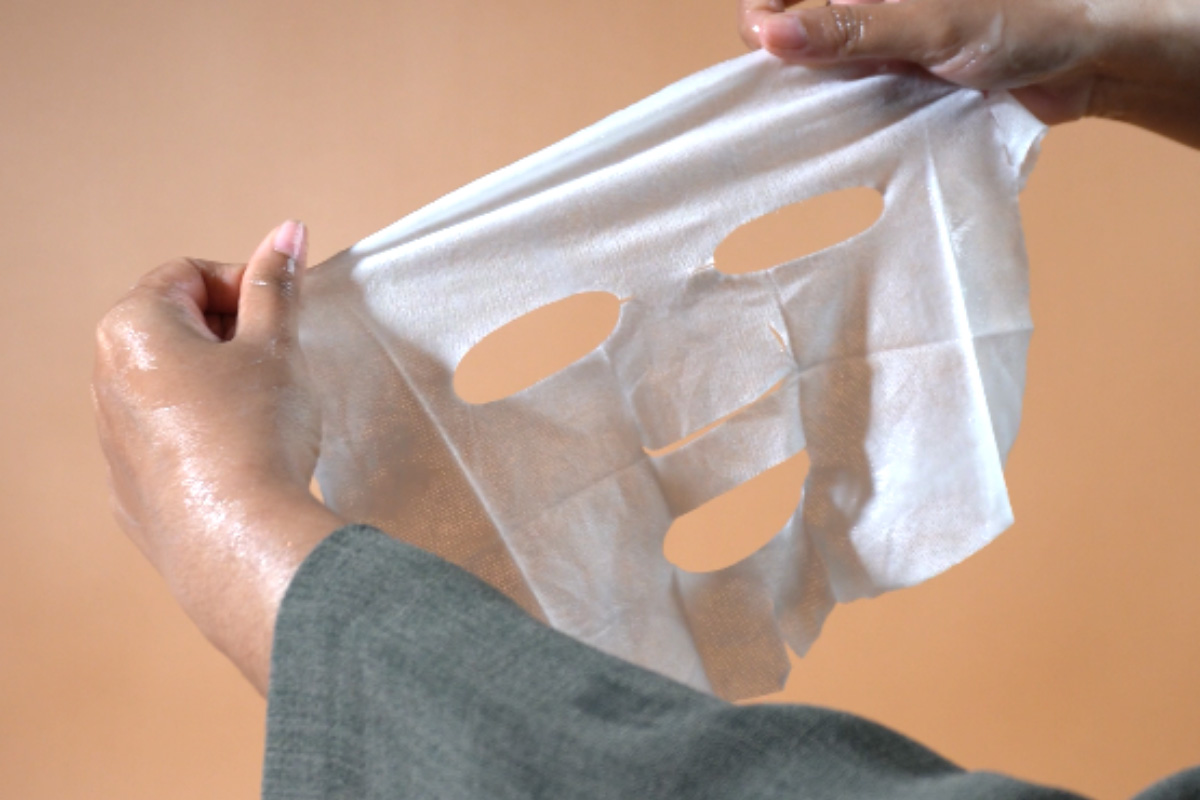
12 Types of Sheet Masks You Should Know
We usually use a sheet mask to give our skin a quick boost in a short amount of time. Besides hydrating features, it can also exfoliate, calm, soothe, combat anti-ageing and acne care.
But, what are sheet masks made of? It may seem like sheet masks are all the same, but there are different types of materials if you feel it. It turns out—12 in the market—might be more with current technology advancement!
- Microfiber Masks
The most common sheet mask out there, microfiber masks are made of super plush microfiber and affordable for one-time daily use. But, this type of mask dries out quickly, which is recommended to usually used for 15 to 20 minutes only.
- Cotton Masks
Like a microfiber mask, the cotton face sheet mask has a white fabric, and it does not contain tons of chemicals that can irritate or itch the skin. It’s soft, absorbent and allows moisture to seep into the skin easily.
- Tencel Masks
This mask is bio-degradable and eco-friendly as it is naturally derived from trees. It’s made from high-quality lyocell fibre, and it feels like silk when you put it on your face.
- Cupra Masks
Cupra masks are made from cotton linter—short fibres left behind after processing raw cotton. So, it’s super soft, thin, and transparent when applied to the skin. Like Chuck’s Self Love Honey Mask, the 100% Cupra sheet mask will let your skin absorb every drop of essence rather than a regular cotton sheet mask.
- Rayon Masks
Rayon mask is classic material with a thicker feel than the Tencel mask. Due to its thickness tends to slip, but you can still feel comfortable, especially when they put tons of essence.
- Hydrogel Masks
If you have long and spiky fingernails, be careful when putting on a hydrogel mask! This sheet mask has a transparent look because they are made with 100% skin-benefiting ingredients, amking them water-soluble and easily absorbed by the skin. They have a “jelly-like” texture and feels colder and more refreshing on the face than cotton or paper masks making them great for hot and humid climates.
- Bio-cellulose Masks
Bio-cellulose masks are made from an all-natural fibre that sticks to your skin. Bio-cellulose is produced in the lab when good bacteria interact with sugars, meaning that these masks are fully natural and 100% bio-degradable, making them great for the environment! This all-natural material was originally manufactured for medical applications to treat burns and chronic wounds which makes it a great option for sensitive skin types.
- Foil Masks
We’re getting funkier when it comes to sheet masks—well—meet foil sheet masks! The foil is on the outside to prevent the magic liquid from evaporating and drying out, meaning that it can stay moist and stick on your skin for longer. It has cotton material on the inside, touching your skin for comfort.
- Knit Masks
Knit masks are made with 100% pure knitted cotton, and it’s a thick and heavy fabric. But, it’s usually soaked in a ton of essence to deeply moisturise your skin, leaving dewy, glowing skin.
- Ampoule Masks
You can call this a two-in-one sheet mask because you get double the treatment from the active ingredients. You will need to apply a single-use ampoule first by massaging it into your face in a circular motion. Then, follow up with the sheet mask that allows the contents to penetrate deep into the skin.
- Clay and Charcoal Masks
While clay and charcoal masks have similar properties, they may affect your skin differently. Both sheet masks draw out impurities from deep within pores and reduce skin inflammation. If you’re looking to detoxify your skin, this is a quick way to achieve that.
- Bubble Masks
You may have seen these very trendy masks on social media. They are essentially black clay and charcoal masks but add perfluorocarbons, which produce fun, bubbly foam when exposed to air. While looking super fun, these masks really contain the same benefits as clay and charcoal masks.

How to Use Sheet Mask
It’s pretty straightforward how to use sheet mask to tear it away and put it on your face. But, we might be confused about where sheet masks fit into the picture? Here’s a general guide—cleanse, tone, serum, sheet mask and moisturise.
Step 1: Start with a clean base.
Before putting on a sheet mask, prepare clean skin beforehand. Cleanse your skin with your favourite face cleanser or exfoliator and ensure no dead skills cells are trapped on the surface level.
Step 2: Apply toner
There are a few ways to apply your toner, either by tapping with your palm, using cotton pads or a DIY sheet mask. No matter which toner you use, make sure that it suits your skin and forget your neck!
Step 3: Layer it with serum
Pick a serum based on skin concerns you would like to solve. Then, you are encouraged to use two pumps or a pea-sized amount (standard application) of the face serum. If they provide a dropper, three to four drops should be enough for your whole face.
Check out ‘How to Apply Face Serums‘ here to know more details.
Step 4: Sheet mask time!
Usually, it’s nice to use a sheet mask in the evening before bed. But, you can also use it in the morning to get that glowy skin before heading to work. Either way, if you follow this step, you’re doing great.
All you need to do is grab your favourite sheet mask that is good for your skin. Leave the ultra-nourishing, hydrating treatment for 15 to 20 minutes before removing. The timing may vary according to the mask, so refer to the instructions on the back of the sheet mask for specifics.
Then, after removing, lightly massage any remaining serum into the skin. If there is still essence left in your sheet mask package, pour it into your palms and pat it all over your neck and body. Don’t let any of that good stuff go to waste!
Step 5: Apply moisturiser
Since you get tons of good essences from the sheet mask, follow it up with a moisturiser to seal it all in once all the essence has been absorbed. If you’re using a sheet mask in the morning, protect your skin with sunscreen after moisturiser. We don’t want all our hard work to go to waste, don’t we?
Should I Wash Face After Sheet Mask?
Short answer – no, you shouldn’t.
You don’t need to wash your face after a sheet mask.
Sheet mask essences provide benefits even after your 15 or 20 minutes ends. So, don’t remove the excess by washing your face. Instead, take full advantage of it by tapping the essences in as it meant to be soaked into your skin. This allows you to derive the maximum benefit out of the sheet mask.
If you experience stickiness after you remove a sheet mask, then consider using that sheet mask only at night, or try a different sheet mask that doesn’t leave your skin sticky.
Have trouble finding the right sheet mask for you?
How about starting your skincare journey by knowing your skin type with myeppo skin quiz? After five minutes with 14 questions, you can begin to explore a skincare routine that best suits your skin type.



